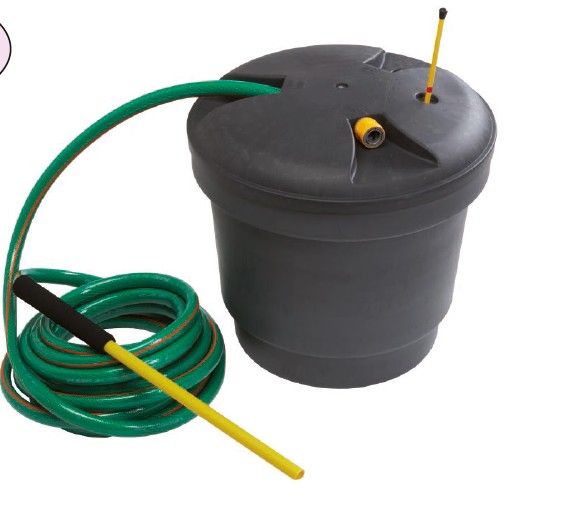

To maintain your ejector system’s functionality and reduce the risk of problems, use BioOne in basement drains once a month, and continue to avoid flushing anything other than wastewater and toilet paper. When you begin to notice your basement drains slowing, use BioOne daily for up to five days, until it flows freely again. BioOne works quickly to completely degrade waste before it ever finds its way to your ejector pump. Other biological products on the market only liquefy FOG, which can then re-solidify inside the waste outlet or pump. Why Choose BioOne?īioOne was specifically designed to degrade waste, including the hard to break down fats, oils, and greases (or FOG) that often make their way into ejector systems. Instead, choose a biological product that will introduce more healthy microbes to fully digest the solid waste in your tank and keep your pump running properly. Unfortunately, harsh chemicals may not be effective at clearing your drain, and they could actually kill off the natural organisms needed to break down waste inside your ejector tank. Often, when drains begin to slow, a homeowner’s first instinct is to use a chemical-based drain cleaner to clear a clog. Consider adding an alarm to your ejector tank, if one is not already installed, so that when issues arise, they can be addressed immediately. Even wipes that are advertised as flushable could get stuck in the pump and create issues in your tank. First, avoid flushing anything down the toilet other than waste and toilet paper. Maintaining your ejector system is much easier than you may think, and certainly better than repairing a broken pump.
#Ejector toilet how to#
How to Maintain Your Ejector Tank and Pump

The tank then fills beyond capacity, pushing waste back up into your drains, creating foul odors, and sometimes producing odd noises, as the pump’s motor attempts to turn it. This happens when solids make their way into the pump and the flow of waste stops. One main problem the ejector system may face is clogs in the pump. While the entire ejector system performs an important task inside your home, problems can arise. As the water level of the tank rises, a float switch triggers the pump to push water up, against the flow of gravity, to the main line. When you flush the toilet or run the washing machine, wastewater flows into the ejector tank. You’ll commonly find them in basements, where bathrooms or laundry rooms may be below the main sewer line, often on the first floor. Put simply, an ejector system is used to pump wastewater up to the main sewer line.


 0 kommentar(er)
0 kommentar(er)
